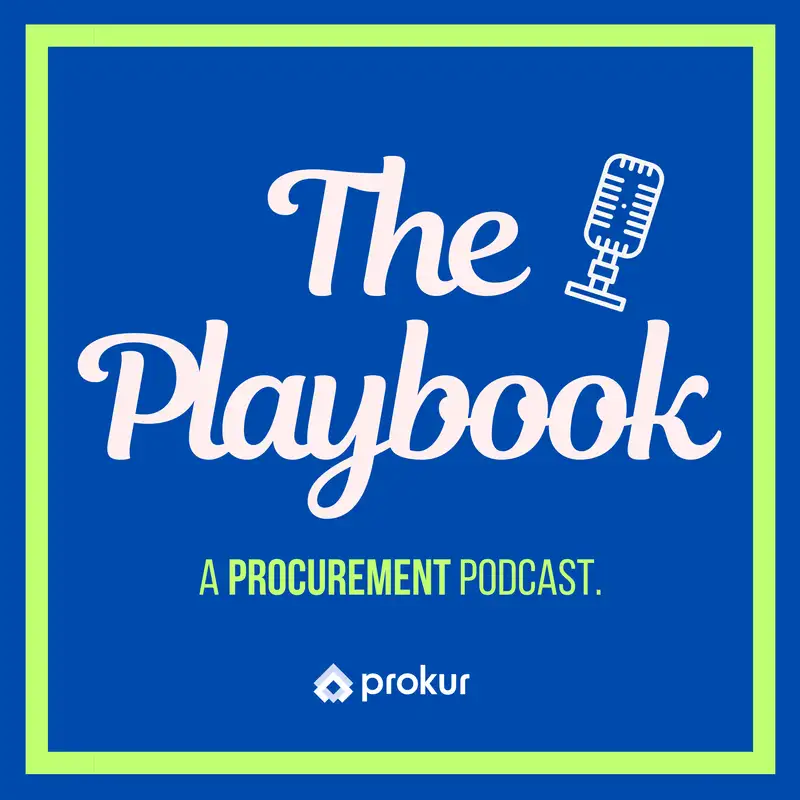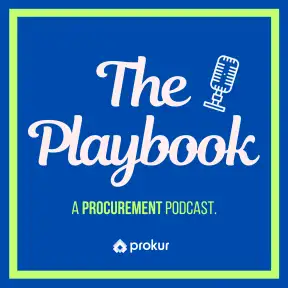Understanding RFPs, RFIs, and RFQs
Welcome to The Playbook, the podcast where we delve into the latest in procurement with your host, Emily Rose. Today, we're breaking down the crucial differences between RFPs, RFIs, and RFQs. By the end of this episode, you'll understand when to use each document, helping you maximize your procurement success. Stay tuned as we navigate the intricacies of these essential tools in the procurement process. Effective communication is key in the world of procurement.
Amelie Rose:A common challenge faced by procurement professionals is deciphering the acronyms and understanding the nuances of various documents. Often, the terms RFP, RFI, and RFQ get tossed around, leaving many confused about their specific roles and uses. Today, we're here to crack the code on these 3 essential procurement documents, RFPs, RFIs, and RFQs. By the end of this episode, you will have a clear understanding of what each document entails and when to use them in your procurement journey. So stay tuned as we dive deep into the world of procurement and make sense of these critical tools.
Amelie Rose:RFPs or request for proposal are essential when dealing with complex projects that require detailed proposals from potential suppliers. They come into play when a project demands custom solutions or innovative approaches tailored to your specific needs. It's not just about the price tag here. An RFP is used when you need to weigh other crucial elements, such as the quality of the solution, the supplier's experience, and their capacity for innovation. Essentially, RFPs allow you to gather comprehensive insights that help make a well rounded procurement decision, ensuring you get the best value and fit for your project's requirements.
Amelie Rose:RFIs or requests for information play a crucial role in the procurement process, especially when market intelligence is needed. These documents help gather valuable insights into the capabilities and They are particularly useful in the early stages of procurement, serving as an initial screening tool to identify qualified suppliers. Additionally, RFIs are essential when the available solutions in the market are not clear, allowing you to explore different options before making a more informed decision. Using RFIs effectively can save you time and guide you towards the right suppliers for your needs. RFQs or request for quotation are an essential tool when dealing with standardized products or services that come with well defined specifications.
Amelie Rose:They hone in on price centric procurement, making them perfect for situations where cost is your primary concern. By issuing an RFQ, you can gather competitive quotes from various suppliers, allowing you to compare prices directly and select the most cost effective option. This process not only ensures you get the best deal but also streamlines the procurement process, making it both efficient and transparent. Understanding RFPs, RFIs, and RFQs is key to successful procurement. Each document serves a unique purpose and plays a crucial role in different stages of the procurement process.
Amelie Rose:By using the right document at the right time, you can significantly enhance supplier relationships, achieve notable cost savings, and streamline your overall procurement process. Equipped with this knowledge, you're ready to make more informed decisions, which will ultimately help you optimize your procurement strategy and extract maximum value from your investments. Thank you for listening to the Playbook with Amily Rose. We hope this episode has equipped you with valuable insights into procurement documents. Don't forget to subscribe, rate, and review our podcast.
Amelie Rose:Join us next time for more expert tips and strategies to elevate your procurement game.

